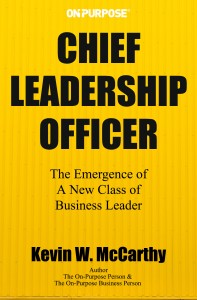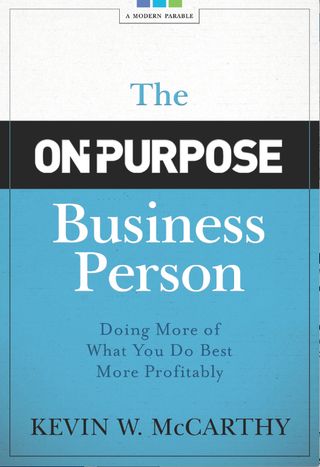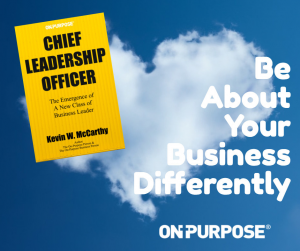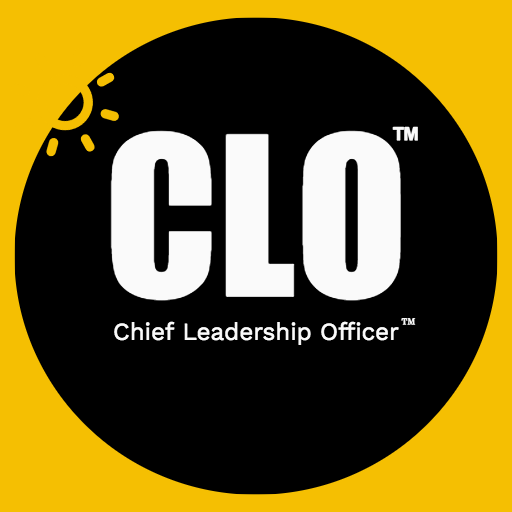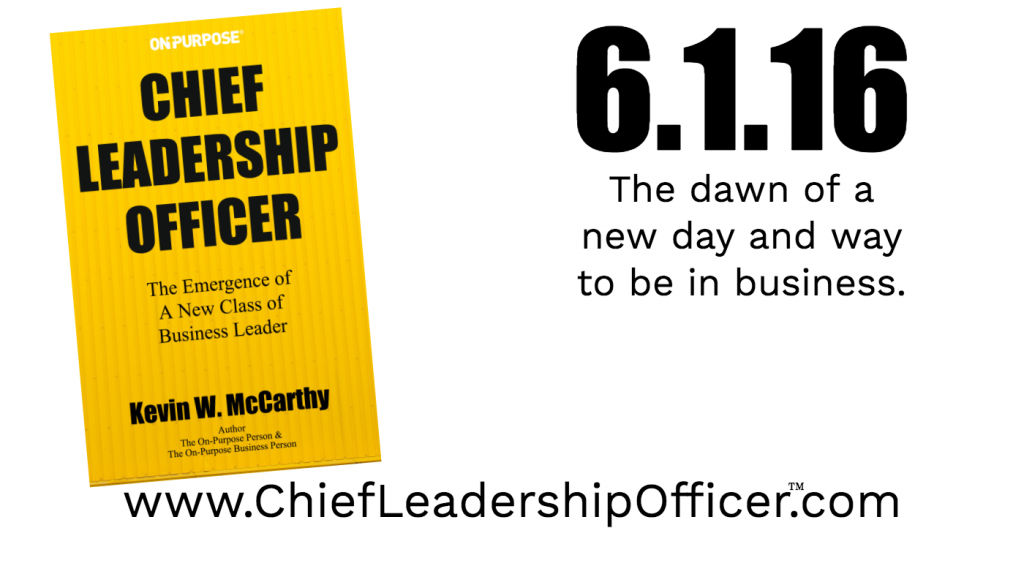Disappointment is inevitable but it need not be debilitating. How you manage it, however, is a choice with profound implications to your well-being, relationships, and opportunities. The easy route is to react negatively and stay there, but what good is that? You have a better choice. What words of advice have you heard for getting unstuck when you find yourself disappointed with something important?
I got to thinking about the word: disappointment. It led me to this chain of words: disappointment > disappoint > point > appoint > appointment. The common word is “point” as in a mark or dot or direction. When we’re disappointed, the mark has been missed. It does, however, provide an opportunity for redirection. What if disappointment is really intended to direct us to a greater appointment? So when we stay in a negative place, aren’t we the ones who increase the price of the initial disappointment and risk missing where we’ve been appointed to shine?
What works for you in managing disappointment? What you have to say may be the very words that help transform another person’s perspective. Be courageous and share your ideas when opportunity arises. Now don’t disappoint me! : )
Check out this 10-minute excerpt from a keynote address I did where I was talking about changing the punctuation point in your life from a question mark to a statement to an exclamation point.
Need help going from a question mark to a period to an exclamation mark? Read The On-Purpose Person and get one of the companion workbooks.* Better yet, engage an On-Purpose Professional to coach you through the process of becoming an on-purpose person in creation.
*On-Purpose Peace is a workbook for Christians.


